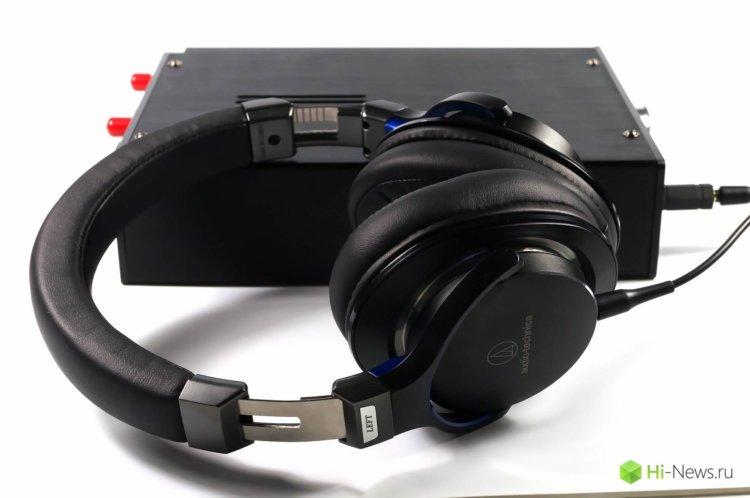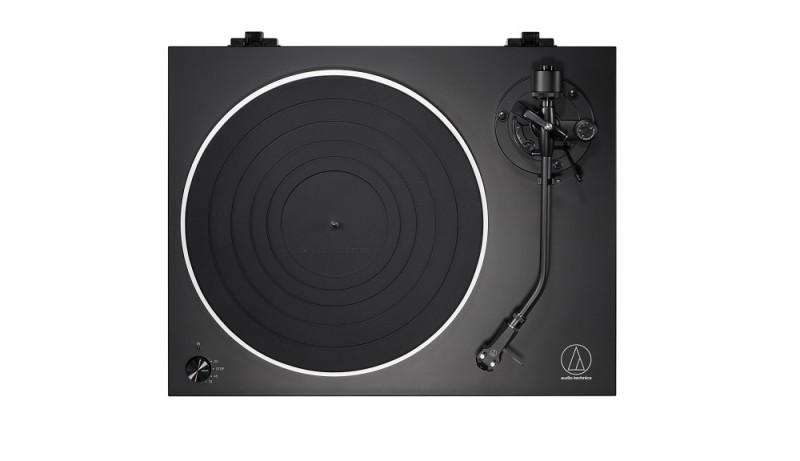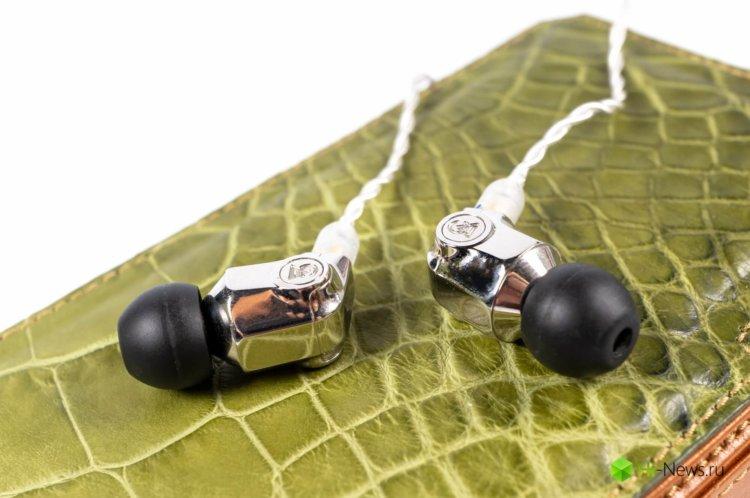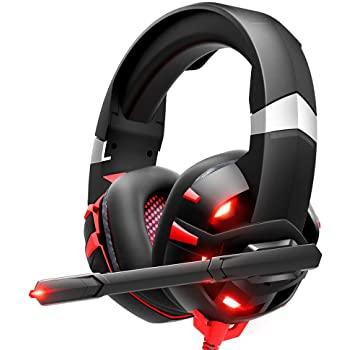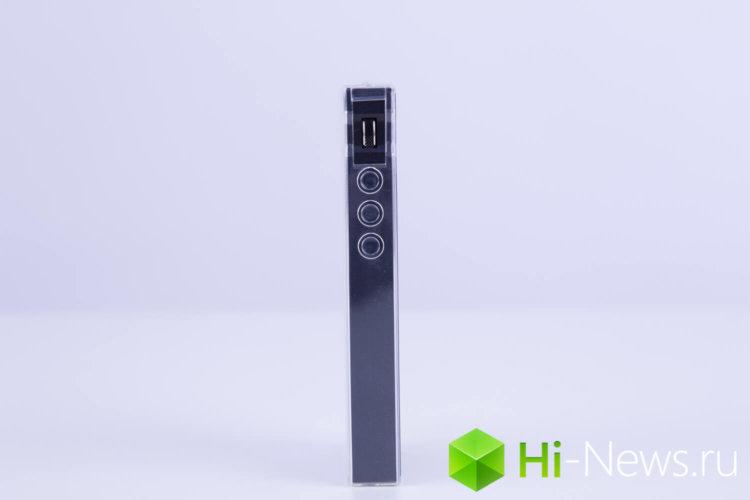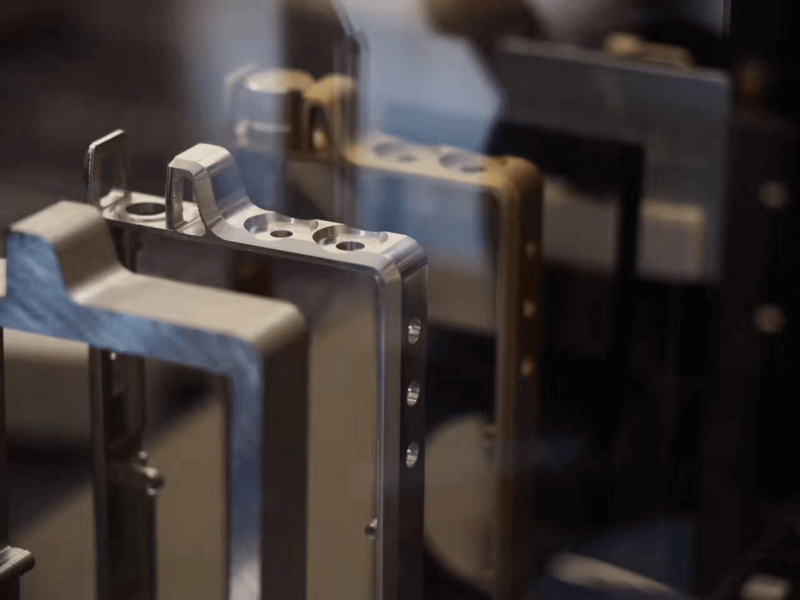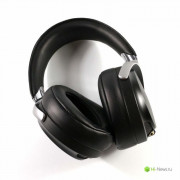Zero audio-ear stereo headphone carbo tenore zh-dx200-ct
Содержание:
What’s New?
Since the DX220 is more of an evolution than a completely new DAP there are definite enhancements but also some legacy features that have remained from the original DX200.

Slicker Form Factor
A bigger 5″ IPS 1080p screen and a shorter more refined body. The DX220 makes both the DX150 and DX200 look almost antiquated with their smaller screens and angular or blockier form factors. The almost borderless approach worked a charm with the HiBy R6 Pro and iBasso seem to agree also.
In the hand, it is a stunning looking upgrade, made all the more attractive with the introduction of Corning Gorilla (2.5D) glass which delivers a lot more “pop” to the display.
Mango Gen 2
Whilst out of the box Android Oreo for the DX220 is nothing new, (Both DX150 and Dx200 have it now), the introduction of a vastly overhauled Mango dual-boot OS and app is a first. This is nothing like the older clunky player, looking far more refined and user-friendly.
It also has a few ace cards up its sleeve in its new settings menu that will provide a lot more user engagement. That includes a debut for iBasso’s first ever Parametric EQ system as well as an in-depth user configuration on how to navigate Mango as an app and what options are available.
MQA Support
Another big new feature for the DX220 is the inclusion of MQA support. Not just rendering at a software level but also the capability to unfold. The DX220 supports MQA in X4 mode as well as hardware support for streaming MQA via the TIDAL up to 72kHz.
Bluetooth 5.0
The DX220 wireless features get a fairly substantial upgrade to Bluetooth 5.0 from Bluetooth 4.1. I am not entirely sure any DAP currently on the market uses BT5 so the DX220 could be the first.
That should mean a better maximum range (depending on the selected data transfer rate), a faster data transfer rate up to 1.4Mbps net for enhanced audio streaming and a much bigger packet size transfer capability. All of that s thrown in with Oreo’s built-in LDAC capability bringing the DX220 bang up to date for quality audio streaming.
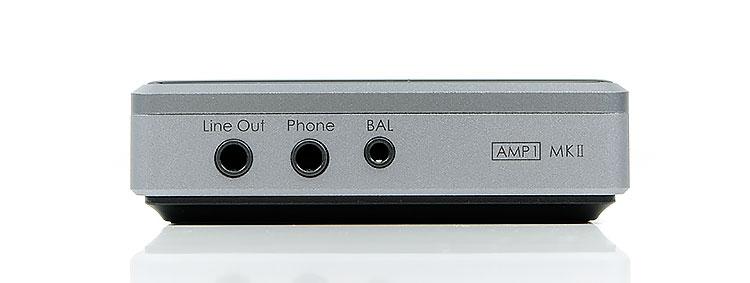
New AMP1 MKII Card
The DX220 launch ushers in a brand new version of the original DX200 AMP1 card. The new card is based on a more optimized version of the AMP1 Ti card that made its debut with the high-end DX200 Titanium Edition last year though no 4.4mm option.
Combined with the DX220 new 3-stage gain feature ideally AMP1 MKII should deliver a lower noise floor than the original and more spacious sound. This seems to be a direct response to the increasingly sensitive monitors now on the market such as the Campfire Audio Solaris.
The numbers also look better on the new AMP with a lower SNR and a better THD+N performance. A big factor in achieving that lower noise floor.
Design
iBasso initially proposed 3 different designs but it was the 3rd and perhaps the most traditional design that got the nod. I say traditional in the sense of it being more realistic in terms of production lines and for use with the amp modules. Otherwise, the design is in keeping with iBasso’s graphical designs first introduced with the DX50.
There is also a certain rugged look to the DX200 with its grippy finish at the top of the back plate and volume pot as well as the industrial lines of the accented protective metal bar running over it. It is the kind of DAP I would envisage Christopher Nolan to have come up with as a response to the ‘George Lucas inspired’ clean lines of some competitor offerings. It is not quite as angular or aggressive as the DX80 but there is a certain superior refinement in the cornering and finishing that the DX80 does not have.
Sound Quality
Despite its petite size, the Tenore has a soundstage wider than what you normally you can get from IEM of this price and size.
Although the Basso has a better reputation for bass response, the Tenore can hold its own in the lows frequency range.
The bass is tight and is punchy, albeit not as weighted as the 1More Triple driver. The sub bass also has that sweet rumble that we like.
The Tenore sounds great in the mids. The vocals in Moira and Nieman’s Lost In Translation sound detailed and rich. We had a great time listening to ballads on it.
The treble is slightly bright but not to the extent of the E80C. Listening to violin pieces like Faded by Daniel Jang is pure enjoyment and there were no signs of ear fatigue. We noticed the treble was slightly out of control and sounded screechy during an electric distortion segment (2:40 – 2:48) in Rude by Daniel Jang. In comparison, the E80C performed brilliantly and sail through that segment smoothly.
Materials
iBasso have not skimped either on the materials used in the DX200. The chassis is 100% CNC engraved aircraft grade aluminum with a continuance of the dual shielding cases to minimize EMI & RFI interference first introduced on the DX80.

The only area I can find of plastic is the short grippy backrest which I presume is for the WiFi and BT signals to transmit properly and accurately. A good signal is harder to acquire behind a solid block of aluminum. It also seems to act as a rest for the DX200 to sit safely on otherwise slippery surfaces.
Screen
This is a really good screen on the DX200, much superior to many of the sub $1k DAP screens right now. The screen used is a capacitive 4.2″ IPS Screen (768*1280) built using liquid-based bonding technology or OCA which provides for an excellent optical performance and increased durability. The screen has an excellent contrast ratio, a very wide, almost flat, viewing angle and a super sharp resolution.
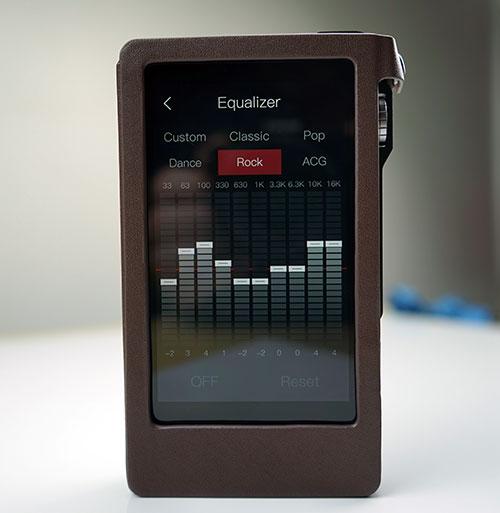
It is multi-touch capacitive and as of the current firmware very sensitive and fast reacting to your touch gestures. I cannot say the same for the previous firmware that didn’t optimize the screen sensitivity at all so please do upgrade to the latest firmware to get the best performance.
Memory Capacity
Surprisingly just the one memory card slot up to 256GB (microSD). The DX80 and the FiiO X5iii have two memory card slots so this is something of a miss for me though it is mitigated somewhat by the 64GB of onboard usable memory that the previous mid-tier iBasso DAPs do not have. Much like the Opus#3 this could well have been one of the sacrifices at the bill of materials alter given the much costlier DAC chips and screen.
Of course with Android, you can go OTG and with wireless connectivity and app management, you can also go DLNA, cloud services, and streaming so you can pull in your virtual memory and expand up to 2TB via OTG. I do miss the bi-directional BT capability from the SOC OS on the Cayin N3 and AP60 budget DAPs. I think that’s a great feature. There are a few Android apps but they seem far less user-friendly and more focused on data collation than simple audio transfer.
Battery
Inside the Dx200 iBasso have packed a fairly chunky 4400mAh 3.8V Li-Polymer battery and with the Amp 1 card you get a rated spec of 8 to 10 hours which again is fairly average in terms of battery life on DAPs.
Considering the dual DAC architecture, balanced output and killer screen it probably is above average. However, with button mashing, WiFi and BT on you can expect to dip below 8 hours. Average usage will see around 8 hours using FLAC and Mango OS and normal screen navigation at 50% brightness levels on the display.
Mango OS advantage
If you are streaming or using other apps this will vary considerably, almost as low as 5-6 hours in some cases in Android mode. Using pure Mango OS which shuts down a lot of unnecessary Android processes you will get an improved battery life of 7 hours. Charging is a touch slow at around 3-4 hours via USB 5v connections.

Inputs & Outputs
The DX200’s modular amp system means the analog controls are housed within the amp cards at the base panel whilst the digital outputs are not hot swappable and housed on the top panel. Digital outputs include a dual SPDIF coaxial and optical output for DAC duties as well as a two-way USB-C for data, charging, USB DAC and OTG services including digital audio.
This is the 3rd DAP I have received in 8 months now with a USB-C port and I am starting to warm to it with its easy to insert reversible design and increasingly easy to acquire converter cables for OTG.
The analog outputs on the stock Amp 1 are impressive with a dedicated line out, 3.5mm stereo jack output and a balanced 2.5mm TRRS output. Amp 2 only has a single fixed line out and 3.5mm singled ended 3.5mm output but these have a tiny bit more power to them than the equivalent on the Amp 1 card.
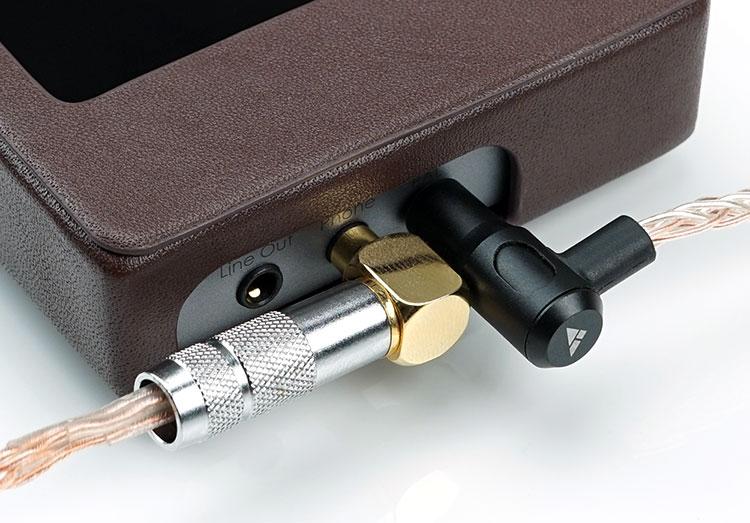
Whilst the DX200 is primarily a touch-based interface it does have a number of physical controls to assist in playback and volume adjustment without the need to wake up the screen and further reduce battery life. It also gives the user a “play blind” capability for quick playback control say in your pocket or by your side.
Звук
В общем, не буду особо тянуть интригу, iBasso DX200 с этим усилителем и альтернативной прошивкой — это реально лучший по звуку плеер в своей ценовой категории и в целом неплохой соперник большинству топов (из серии «не побеждает, но борется достойно»).
С DX200 складывается немного парадоксальная ситуация, iBasso просят за модули по 200 долларов, что дороже, чем многие плееры начального уровня, но при этом стоковый AMP1 уже сам по себе хорош, поэтому покупка сменного модуля зачастую может быть излишней, особенно с учётом необходимости перевода наушников на балансное подключение. Прирост качества с AMP3 также нельзя назвать глобальным, но тем не менее он, во-первых, чётко заметен, а во-вторых, является «соломинкой, ломающей спину верблюду» в плане перехода на следующую ступень звука.
В этот раз я отступлю от традиционного описания «общего звучания» по отдельным частотам, а сконцентрируюсь на разнице AMP3 и AMP1, повторять подробно ещё раз всё, сказанное про стоковый усилитель, смысла немного, ссылка на оригинальный обзор приведена в начале данного текста. Если же кратко — с AMP3 звук DX200 по-прежнему очень техничный, детальный, нейтральный, «но есть некоторые различия».

СЧ-диапазон стал менее бескомпромиссным, AMP3 самую чуточку снижает уровень детализации, но этого достаточно для того, чтобы превратить мегакритичный к качеству записи плеер в куда более «добродушное» устройство. Уходят в прошлое почти все проблемы с некачественными треками — неестественное построение сцены, вялые эмоции, пустотелый вокал. Конечно, вы по-прежнему услышите эти проблемы, но они не мешают наслаждаться записью так, как это происходило с AMP1. В этом AMP3 отчасти схож с AMP2, но у «двойки» смягчение чуть больше, со всеми вытекающими последствиями.
Низкочастотный диапазон остаётся без явно заметных изменений, иногда мне кажется, что он стал чуть собранней, но эта разница лично для меня находится где-то на границе слышимости.
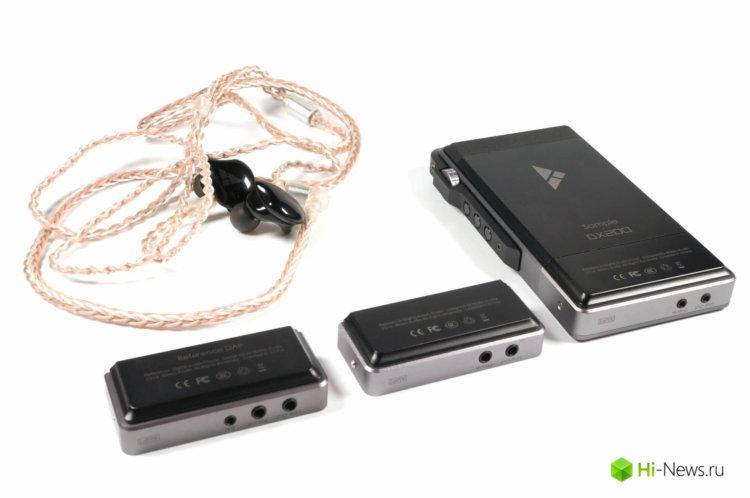
Прошивка
Заметно увеличенный экран усилил нагрузку на не самый современный SoC, используемый в плеере. Чтоб компенсировать это разработчики решили добавить памяти, доведя её объём до 4 Гб. Это дало свои плоды, операционная система плеера работает достаточно плавно и без заметных лагов.
Релиз “двестидвадцатого” показал, что iBasso не сдержали своё обещание отказаться в будущих версиях своих плееров от режима MangoOS. Прошивка новинки предлагает уже знакомую по DX200 возможность двойной загрузки, но основным, конечно, является режим Android. Тут используется уже знакомая пользователям компании версия 8.1, но с парочкой “добавок” и обновлённым Mango Player.
Сперва, пару слов про добавки. Разработчики iBasso добавили возможность для приложений выводить звук без ресемплинга, что должно позитивно сказаться на качестве звучания тех программ, что не делают ресемплинга самостоятельно. Впрочем, это касается только 16-битного вывода, для вывода 24 или 32 битного звука по-прежнему нужны специальные “усилия” со стороны приложения. Впрочем, вряд ли это станет ограничением, с которым придётся столкнуться на практике. Кроме этого, в DX220 добавили поддержку MQA, причём с полным анфолдом, что позволят достигать разрешения в 192 кГц. Так же заявлена аппаратная поддержка MQA в Tidal.

Кстати, интересно, будут ли эти возможности портированы для DX150 и DX200 или останутся эксклюзивом для нового флагмана. По идее, одинаковый процессор должен упросить обратное портирование, но есть целый ряд причин, почему портирование станет невозможным (например, лицензионные соглашения с патентообладателями).
В остальном, перед нами самый обычный Android, без поддержки Google Play Services, вместо него предлагается использовать APKPure или подобные заменители. К счастью, для нуждающихся в Google Play Store, уже доступна “добавка” к прошивке от Lurker’а, дающая эту и ряд других полезных возможностей. Я её ещё не устанавливал, но вряд ли там есть какие-то сложности или сюрпризы.
Обновлённый Mango плеер получил приятное изменение дизайна и стал смотреться более современно, впрочем возможности остались почти такими же. Доработали медиатеку, добавив гибкие настройки сортировки и отображения. Список треков по артистам и жанрам пока одноуровневый, но представители iBasso сказали что многоуровневая группировка — один из основных приоритетов для ближайших обновлений. Так же из нововведений стоит отметить улучшение работы 10-полосного эквалайзера и добавление эквалайзера параметрического. Последний реализован практически эталонно: 6 кастомных фильтров с графическим отображением результатов их применения позволяют гибко настроить желаемые изменения в звуке (потратив пару-тройку часов на изучение принципов работы PEQ). Хотя, в качестве придирки отмечу, что ввод цифр можно было реализовать как-то поудобней.
Часть расширенных настроек плеера вынесли в системное меню, вкратце про самые важные из них.

В настройках Bluetooth есть переключатель, активирующий режим ресивера. Кстати, про “синий зуб”, улучшенная антена и пятая версия протокола позволили заметно улучшить качество приёма и передачи, что на мой взгляд является приятным добавлением к остальным “фишкам” плеера.
Есть возможность беспроводного обновления прошивки, несмотря на медленную скорость серверов, оно работает, свежая версия ПО в ходе теста не только скачалась, но и установилась.
Mango режим очень напоминает таковой в iBasso DX120 и по функциональности практически совпадает с Mango Player, за исключением параметрического эквалайзера, его тут просто-напросто нет, надеюсь что это временно.
В целом, прошивка достаточно адекватная, каких-то заметных проблем я не нашёл, но поскольку это — открытый Android, какие-то шероховатости и “частные случаи” явно возможны, но iBasso активно поддерживают свои модели, поэтому проблемы, зависящие от них, они явно будут решать.
Дизайн и управление
Зачастую именно внешний вид плеера определяет его популярность на рынке и тут iBasso решили сделать максимум для “осовременивания” облика флагмана, и главную роль в этом, конечно, сыграл экран. Возможно, вам покажется, что я уделяю ему сильно много внимания, но дело в том, что изменения тут особенно заметны, и именно они обеспечивают один из основных “вау факторов” новинки.
В DX220 разработчики поставили 5″ экран с FullHD разрешением и популярным нынче 2.5D эффектом. Парадоксально при этом то, что плеер стал даже немного меньше по размерам, так как рамки вокруг экрана получилось почти полностью убрать. На самом деле, и в DX200 был нормальный экран, но из-за отличных углов обзора, небывалого разрешения и хорошего запаса яркости обновлённого дисплея, старый смотрится гостем из прошлого.

В дизайне остального корпуса тоже нашлось место для улучшений. Убрали “защитную скобу”, закрывавшую регулятор громкости, уменьшили выступ с кнопкой питания сверху, сам регулятор стал компактней и точнее в работе. Переработали и заднюю панель, теперь она глянцевая, под ней скрываются антены беспроводных интерфейсов, но от основной платы она отделена металлом, что позволило одновременно улучшить мощность сигнала и снизить интерференцию.
Глянцевой стала и задняя часть модулей усиления, так что старые модули будут смотреться немного чужеродно (плеер полностью совместим с ними), но разработчики пообещали перевыпустить усилители в новом дизайне, а для тех, кто уже купил какой-либо из модулей будут доступны наклейки, маскирующие разницу дизайнов.
В остальном элементы управления остались схожими. На левом торце находится слот для карт microSD, у плеера есть 64 Гб своей памяти, но хранилища никогда не бывает достаточно. На верхнем расположены кнопка включения и блокировки экрана, коаксиальный выход и USB-C коннектор. Последний постарались сделать максимально универсальным, он поддерживает всё, от трёх протоколов быстрой зарядки до возможности подключения USB OTG флешек и внешних ЦАПов. Разумеется, не забыли и про возможность использовать DX220 в роли ЦАПа, благодаря отдельному XMOS чипу и сложной системе задающих генераторов, этот плеер является очень продвинутым ЦАПом даже по стационарным меркам, а уж в портативе он явно входит в топ лидеров.

Кстати, про зарядку, со штатным усилителем и MEEAuido P1 в роли нагрузки с обычного выхода плеера хватает на 7 часов 50 минут проигрывания FLAC файлов разрешением 44.1/16. Цифра не запредельная, но для такой вычислительной и аудиообрабатывающей мощности это очень хорошие цифры, возможно с более чувствительными наушниками результат будет ещё лучше. Стоит отметить что, быстрая зарядка позволяет не особо беспокоиться о времени работы, это одна из технологий, выводящих комфорт использования на новый уровень.
На правой стороне размещаются регулятор громкости, в котором используется качественный энкодер и три кнопки управления воспроизведением.
Плеер по-прежнему достаточно крупный, но немного уменьшившиеся габариты позволяют ему чуть проще помещаться в карманах, а безрамочный экран лишил облик гаджета характерной брутальности. Качество сборки находится на отличном уровне и это явно выделяет плеер на фоне большинства конкурентов.

Cayin i5
$499 (Leather case $25 additional)
OS
Like the Dx200, the i5 is an Android build but more in line with the Opus#3 with a heavily skinned HibyMusic interpretation of their popular app as well as Android 5.1 as opposed to 6.0. It is not as open looking as the Dx200 but with the latest firmware, you do have access to Google Play services, unlike the DX200. This makes downloading apps a lot easier though do bear in mind the Cayin only has 1Gb of memory and not 2GB.
Power
The CPU on the i5 is good, it a quad-core Cortex A-7 processor, dual core GPU and an ARM 9 PMU but doesn;t quite match the 8 core CPU of the DX200. Both have WiFi and BT 4.0 but both do not have aptX as standard. Actually, only the FiiO X7 has that option out of the 4 DAPs tested.
Ports
Both have a USB-C port for USB DAC, charging and data transfer, however, the i5 is missing coaxial/optical dedicated SPDIF output ports which you can find on the DX200. You will instead have to use a USB-C to Coaxial cable which you can buy as an optional accessory from Cayin for that type of functionality.
No Balanced
The i5 is also missing a balanced output which is one of the main critiques of the i5 as its amp section is not swappable, unlike the DX200 and X7. Even comparing like for like though the i5 amp has less output power than the Dx200 Amp 1 and Amp 2 cards at 190mW+190mw (@32Ω) yet at the same time, it is a noisier amp for sensitive IEMs than the DX200.
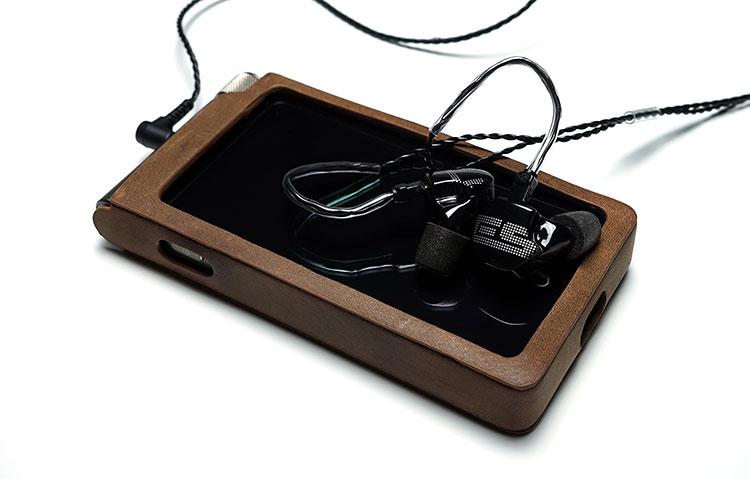
Tonality
It is one of our favorite mid-fi DAPs in the office because of its easy to use UI, excellent musical tonality, and competitive price point. On paper, though it doesn’t seem like a fair fight but the AKM4990EQ is an aggressive musical little DAC that has won a lot of fans over and is very adaptable in terms of tonal pairings.
Compared to the DX200 the i5 does not convey the same level of micro detail and there is less texture and definition across the range. Treble on the i5 is also a little uneven sounding in comparison to the DX200’s very smooth and articulate control in Amp 1.
On the flipside, the i5 is more aggressive, more entertaining and more impactful, especially on the low-end and those looking for an immediate thrill might take to the i5’s fun ride. Amp 2 goes some way to correct that impression with its thicker and more planted low-end and smoother richer mid-range but it still not as aggressive.
That being said, the DX200 is the reference sound out of the two, even with Amp 2. The i5 is fun, a very enjoyable experience but the difference in detail and control is telling. Combined with the balanced output it will provide a more immersive and accurate presentation.
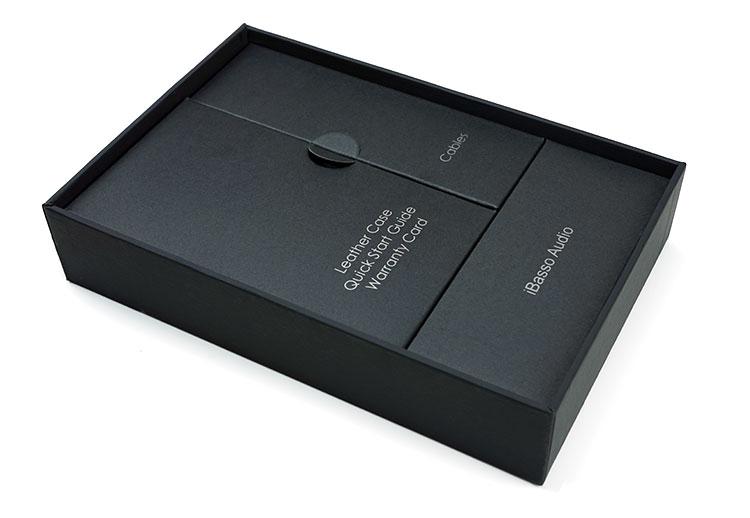
The X5iii from FiiO was a good mid-price DAP benchmark for what we should be expecting from our DAPs in 2017. I actually think iBasso have done the same thing for flagship DAPs because if there was an award for a bill of materials and outstanding value, then the DX200 would get it in a heartbeat.
Технические характеристики
- Процессор: 8-ядерный ARM
- ЦАП: 2 × ESS Sabre 9028
- Диапазон частот: 15 Гц – 45 кГц (±0.1 дБ)
- Общие гармонические искажения+шум: 0.00018% (32Ω @ 3Vrms, балансный выход), 0.00035% (32Ω @ 1.8Vrms, обычный выход)
- Соотношение сигнал/шум: 125 дБ на балансном выходе, 123 дБ на обычном
- Выходное напряжение: 6.2Vrms на балансном выходе, 3.1Vrms на обычном
- ОЗУ: 4 Гб LPDDR
- ПЗУ: 64 Гб
- Беспроводные интерфейсы: WiFi 5GHz, Bluetooth 5.0 (двунаправленный)
- Кодеки Bluetooth: aptX, LDAC
- Экран: 5″ IPS, 1920 × 1080
- Батарея: 4400 мА/ч, 3.8V Li-Polymer
- Поддержка стандартов быстрой зарядки: QC3.0, PD2.0, MTK PE Plus
- Время работы на одном заряде: 8 – 9 часов
- Время зарядки: 70% за 1 час
- Карты памяти: MicroSD
- Операционная система: Android 8.1 + MangoOS
- Поддерживаемые форматы: MQA, APE, FLAC, WAV, WMA, AAC, ALAC, AIFF, OGG, MP3, DFF, DSF, DXD
- Поддержка плейлистов: M3U
- Максимальное разрешение: до 384 кГц/32 бит, DSD512
- Размеры: 126 мм × 71 мм × 19 мм
- Вес: 240 гр.
Overall
iBasso have chucked everything into this DAP and its a worthy 10th-anniversary celebration with a very competitive price. I am excited to see how further amp modules and firmware can add value to this system. I do not think iBasso will follow FiiO in terms of how they pitch their amp cards either, you have to put your thinking cap on to figure out which module will appeal to you the most but it is refreshing if perhaps a little nerdy. Perhaps nerdy is the benchmark for 2017.
Technical Specifications
- Dual SABRE ES9028PRO DAC Chips
- Bit for Bit Playback Support up to 32bit/384 kHz
- Support of Native DSD up to 512x
- XMOS USB Receiver with Thesycon USB Audio Driver, Easy to use USB DAC
- Dual Accusilicon Ultra Low Phase Noise Femtosecond Oscillators
- 4.2″ IPS Screen (768*1280) with Capacitive Touch Panel, Bonded by OCA
- Mini Optical Output and Mini Coaxial Output. – 8-core CPU. – 2GB LPDDR3. – 64G of Internal Memory. – 5G WiFi and Bluetooth4.0
- Patented User-Exchangeable AMP Card
- 150-Steps Digital Volume Control
- Audio Formats Supported: APE, FLAC,WAV, WMA, AAC, ALAC, AIFF, OGG, MP3, DFF, DSF, DXD.
- Support for M3U Playlist
- 4400mAh 3.8V Li-Polymer battery (Play time varies depends on volume, music type, and AMP card)
- Dimension 128.5mm*69mm*19.5mm. Weight 240g
2.5mm Balanced Output:
- Output voltage 6Vrms
- Frequency Response: 20Hz-20KHz -0.16dB
- Signal to Noise Ratio: 125dB
- Crosstalk: -122dB
- THD+N: < 0.0002%, -114dB (64Ω@3Vrms)
3.5mm Single-ended Output:
- Output voltage 3Vrms
- Frequency Response: 20Hz-20KHz -0.16dB
- Signal to Noise Ratio: 122dB
- Crosstalk: -118dB
- THD+N: < 0.00032%,-110dB (32Ω@1.8Vrms)
Lineout:
- Output voltage 3Vrms
- Frequency Response: 20Hz-20KHz -0.16dB
- Signal to Noise Ratio:122dB
- THD+N: < 0.00025%,-112dB
Amp 2 Card
3.5mm Phone out:
- Max Output: 3.2Vrms
- Frequency response: 20Hz-20KHz-0.ldB
- SN: 117dB
- THD+N:0.00056%,-105dB(32Ω@1.8Vrms), without load.
- DNR: 117dB
- Crosstalk: -109dB
Line out:
- Frequency Response: 20Hz-20 KHz-0.ldB
- SN: 118dB
- THD+N :< 0.00018%, -115dB
- 103
-
103
Shares
